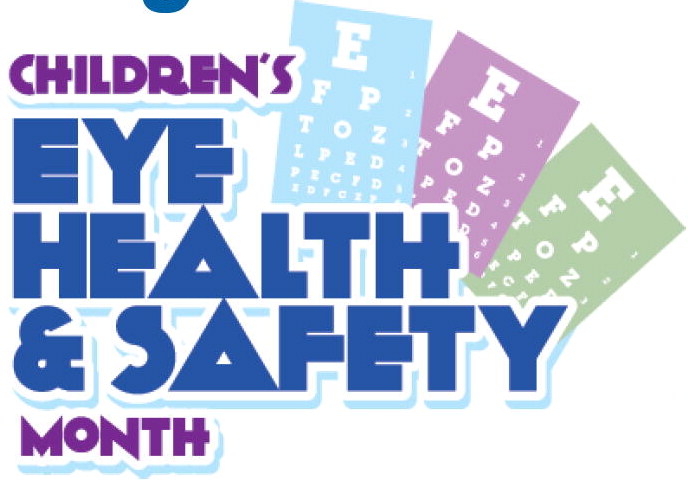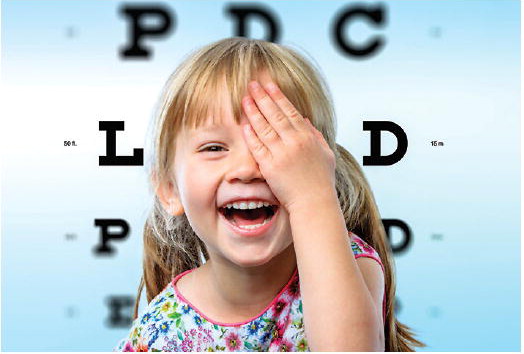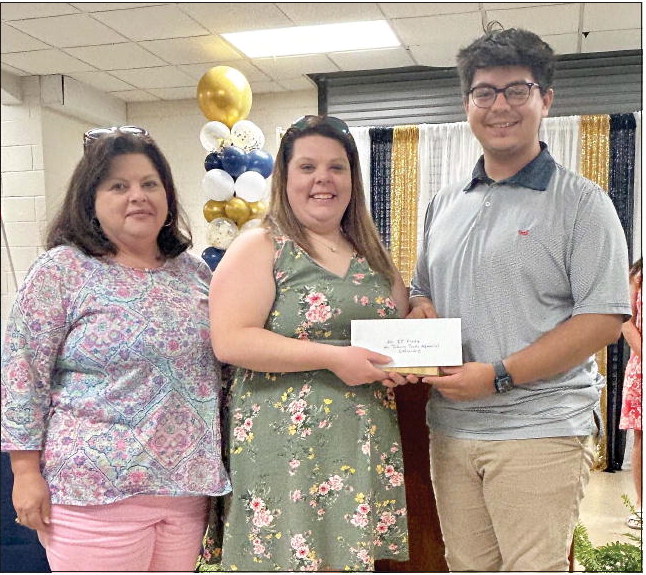Healthlines


Healthy vision is an important component of success in school and can even affect children's social development.
As the routine of a school year settles in, families may direct their focus to factors that have nothing to do with school supplies or enrolling youngsters in extracurricular activities. For example, the weeks after families settle into a new school year routine can be a great time to have students' vision checked.
According to Prevent Blindness, the oldest eye health and safety nonprofit organization in the United States, common vision problems in children include amblyopia (lazy eye), strabismus (crossed eyes), and refractive errors like myopia, astigmatism and hyperopia.
A recent study titled 'Children's Vision and Eye Health: A Snapshot of Current National Issues, 2nd Edition,' points out that vision has a critical role in children's physical, cognitive and social development. Furthermore, visual functioning is a strong predictor of academic performance in school-age children, according to the study. In fact, without early detection and treatment, uncorrected vision disorders can interfere with learning and impair children's development.
Parents and educators are urged to be aware of symptoms of common eye disorders in children, which include the following.
see.
close-up work.
to see.
Squints eyes or frowns.
All children, and especially those who are having issues with their eyes, should visit with an eye professional annually to have their vision checked. In addition, parents can rely on Prevent Blindness in conjunction with Children's Vision Massa chusetts and School Health for a new web resource to assess their kids' digital screen time use. Tips are available at h(ps://pre – ventblindness.org/childrens-screen-timetips/.
The opening weeks of a new school year mark a great time for kids to get their annual vision checkup.
Rubs eyes a lot.
Closes or covers one eye to read or Tilts head or thrusts forward.
Has trouble reading or doing other Holds objects close to eyes to see.
Blinks more than usual.
Complains things are blurry or hard








